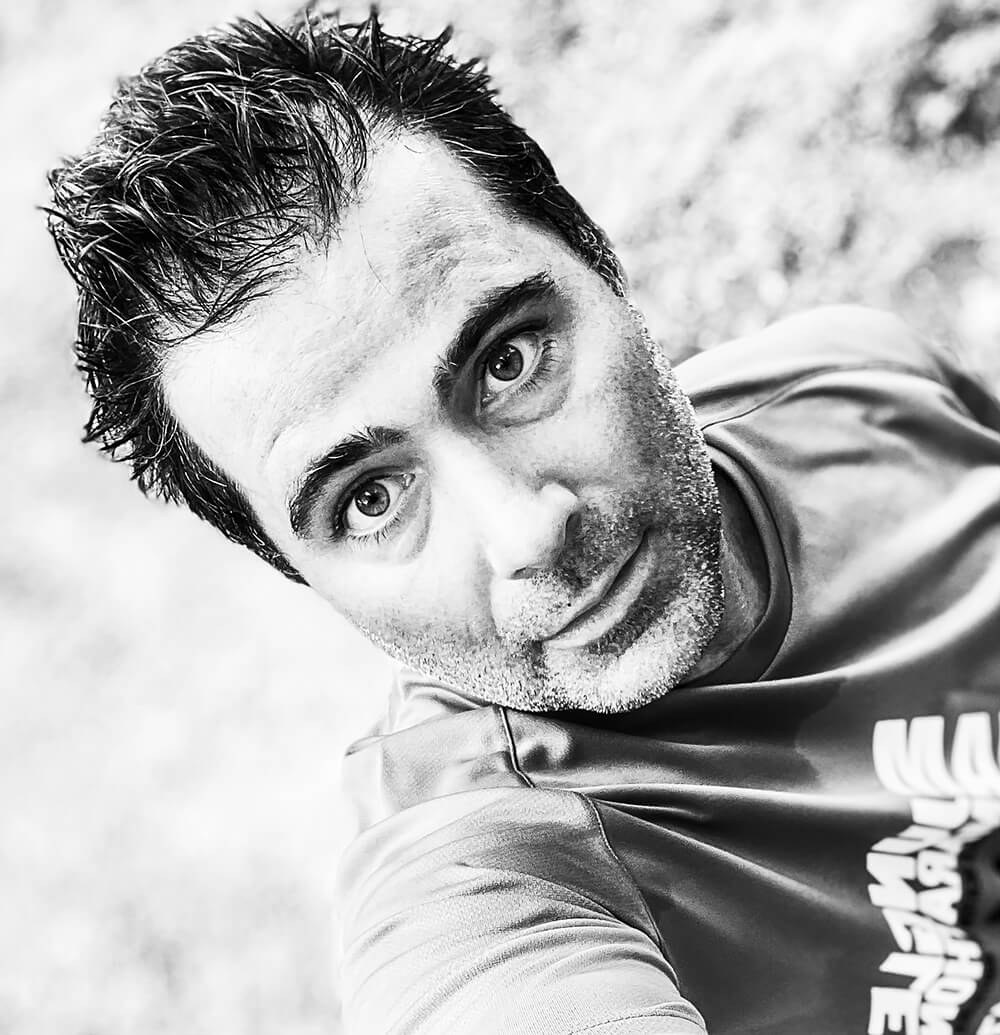Lisbon-based documentary photographer from Bratislava /Slovakia whose
primary focus is on sociological changes in Eastern Europe and socioeconomical
and ecological impact on the fishing industry in Portugal.
Presently one of the alumni of the 2022-23 VII Photo Agency Masterclass,
proud father and Visual Storytelling Masterclass by The Raw Society
participant.
Dive into the Depths: Unveiling the Ocean's Soul
In the realm of the vast and ever-shifting oceans, where mystery and beauty
intertwine, lies an industry of profound significance: the fishing industry. It is
here, amidst the ebb and flow of tides, that I have embarked on a long-term
photographic project, driven by a deep fascination and a sense of responsibility
for the issues plaguing our oceans.
Like a deep-sea explorer, I navigate through layers of metaphor and reality,
capturing the resilience of fishermen, the fragile ecosystems, and the pressing
issues afflicting our waters. I aim to spark awareness and action, exposing the
consequences of overfishing, climate change, pollution, and habitat
destruction.
Through my lens, I strive to reveal the untold stories that unfold in the fishing
communities, the fragile ecosystems, and the human-nature interplay intrinsic
to the fishing industry. My intention is to shine a light on the multifaceted
aspects of this complex web, delving into its triumphs, struggles, and the
urgent need for awareness and action.
Oceanic ecosystems, fragile and exquisite, teem with life that sustains not only
the fishing communities but also our entire planet. It is disheartening to witness
the ecological imbalance and the ripple effect of overfishing, climate change,
pollution, and habitat destruction. My photographs aim to depict these
adversities, not only to evoke empathy but also to instigate conversations about
the choices we make and the consequences we collectively bear.
I aspire to generate a profound emotional response that transcends mere
aesthetics. Compositions seek to immerse viewers in the world beneath the
surface, inviting them to explore the enigmatic beauty and the precarious state
of our oceans. I aim to foster a deep sense of connection, nurturing a
responsibility towards the marine environment and fostering a collective call for
sustainable practices.
It is my hope that these visual narratives will inspire viewers to question, to
engage, and to take meaningful action, for the wellbeing of our oceans, the
communities that rely on them, and the future of our planet.
In the ever-evolving dialogue between art and environmental activism, I believe
that images have the power to evoke change. Together, let us navigate the
depths, expose the challenges, and illuminate a path towards a more
harmonious relationship with the oceans that sustain us all.
AAP Magazine
Winner of AAP Magazine 32 B&W
